Joe Biden’s election campaign on Tuesday unveiled a plan to address the economic inequalities facing Latinos in America amid financial turmoil caused by the coronavirus pandemic, which has disproportionately harmed communities of color.
The plan was introduced a day after the anniversary of the mass shooting in El Paso, Texas, that took the lives of 23 people and where the shooter is accused in federal court of deliberately targeting Hispanics.
It comes as Biden, the presumptive Democratic nominee to face Donald Trump in November, attempts to build a bridge to Latino voters, who are poised to make up the largest share of US voters who are people of color in this election.
Senior campaign officials announced plans and commitments focused on investing in the economic mobility of Latinos, starting with education and healthcare, as well as a commitment to support the building of a Smithsonian Latino museum on the National Mall in Washington DC.
Biden had previously promised to introduce a sweeping immigration plan on his first day in office, including protecting recipients of the Daca program, affording protections and rights to qualifying, young, undocumented immigrants, known as Dreamers– and also undoing the Trump administration’s hardline international asylum policies.
“The policies of [the Trump] administration amount to an onslaught of violence and fear against the community. That ends when Joe Biden is president,” a senior campaign official said on a call with reporters on Tuesday morning.
Polling shows that while immigration remains a priority for Latino voters, so is healthcare, the economy and education. Young Latinos, like young voters across several demographics, say they care about climate change and racial justice.
Biden previously unveiled the “Lift Every Voice” agenda for African American communities, which included a call for the justice department to prioritize prosecuting hate crimes, and economic plans to help Black Americans affected by the coronavirus pandemic.
His Latino agenda also overlaps with Biden’s “Build Back Better” plan, an economic agenda that includes manufacturing, climate and caregiving. The plan promises “far reaching economic investment” into Latino communities through a first time homeowner credit and investment into Hispanic serving educational institutions. Its healthcare component promises to “tackle social determinants of health” by building on the Affordable Care Act.
The campaign reiterated promises to reshape the legal immigration system that the Trump administration has steadily dismantled. As well as hiring more immigration judges for the overstretched system, the campaign said it will review Trump’s decision to end temporary protected status (TPS), a longstanding program designed to prevent foreign nationals in the US from being deported back to countries devastated by natural disaster or civil unrest.
As president, Biden would create a path to citizenship for certain TPS recipients who have lived in the US for decades, the campaign said.
Since the primary, the campaign has moved left on immigration amid pressure from liberal activists. Still, Biden has resisted calls from progressives to eliminate Ice, the immigration and customs enforcement agency formed in the aftermath of the 9/11 terrorist attacks on the US, or to decriminalize undocumented border crossings, a proposal some of his primary rivals supported.
The plan comes as polling shows Biden leading Trump nationally and in key battleground states, including Florida and Arizona, where Latinos will make up a decisive share of the electorate. Yet some polls show Biden’s support waning among Latino voters, and particularly young Latinos who preferred his leftwing rival, Senator Bernie Sanders, during the primary.
With less than 100 days until the election, Biden’s campaign has ramped up its efforts to reach these voters. In recent weeks, the campaign has made several high-profile hires, including Julie Chavez Rodriguez, the granddaughter of Cesar Chavez, and Matt Barreto, the founder of Latino Decisions, a top Democratic polling firm. It also announced a $1m investment in Spanish-language outreach.
In 2016, Trump won nearly 30% of the Hispanic vote, a margin that has remained largely consistent.
There are signs that may be changing as a result of Trump’s handling of the coronavirus and his escalation of anti-immigrant sentiment and bigoted rhetoric. In the first months of 2020, 34% of Hispanics approved of Trump, according to Gallup. In the period from late May to June, that fell to 26%.
The cornerstone of the Trump campaign’s Latino outreach is in Florida, a state critical to his re-election prospects. But the state’s Hispanic electorate – once dominated by conservative Cuban Americans – is changing with an influx of Puerto Ricans to central Florida. The Biden campaign says it is investing heavily in these voters as it tries to pry the state from Trump in November.
Meanwhile, the Biden campaign is looking to turn out Latinos in rust belt swing states like Pennsylvania and Wisconsin, that Trump won by the narrowest margins in 2016.
• This article was amended on 5 August 2020 to remove a term inconsistent with the Guardian’s style guidelines on references to race.











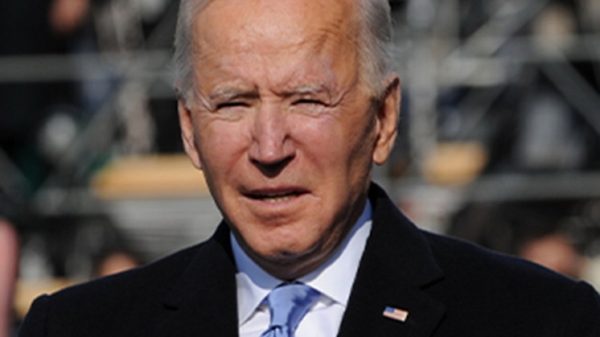








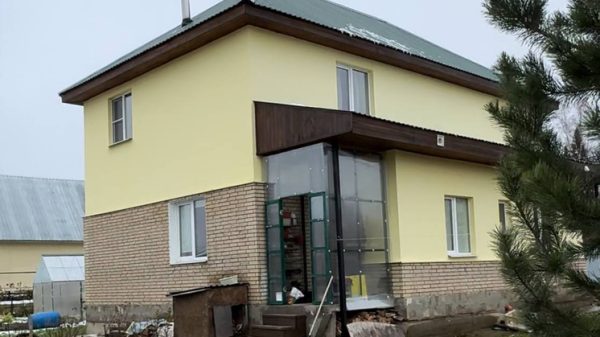

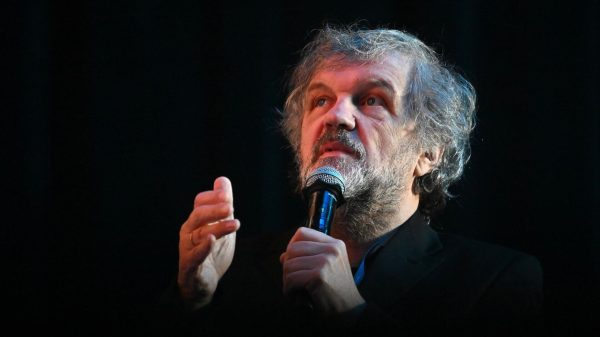
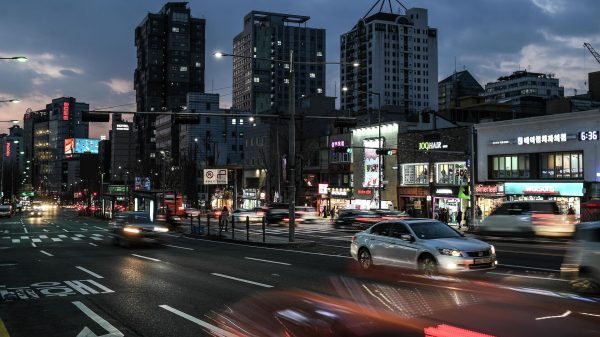




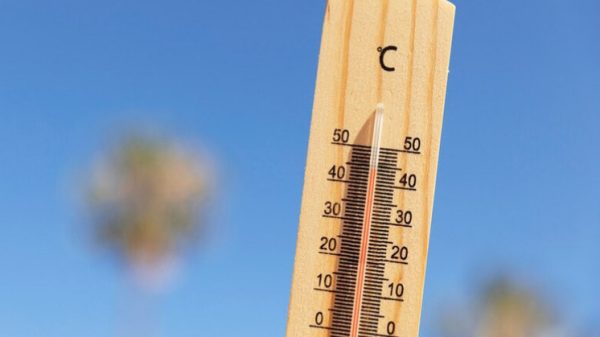
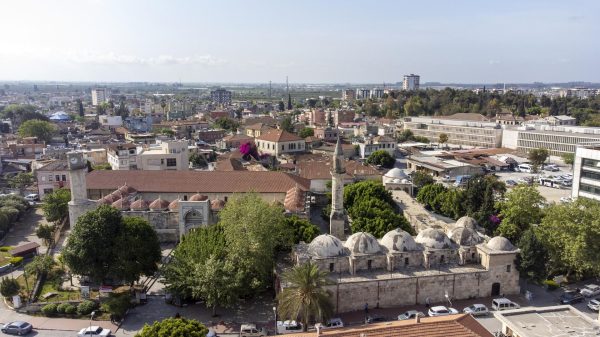

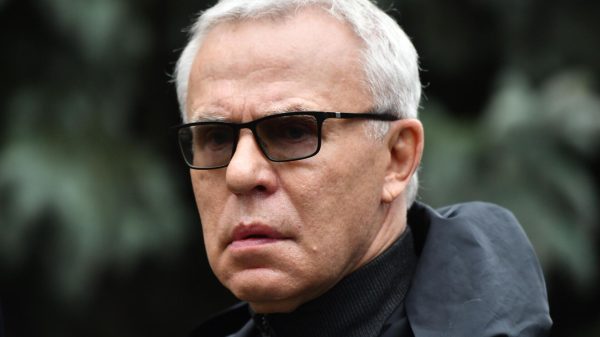



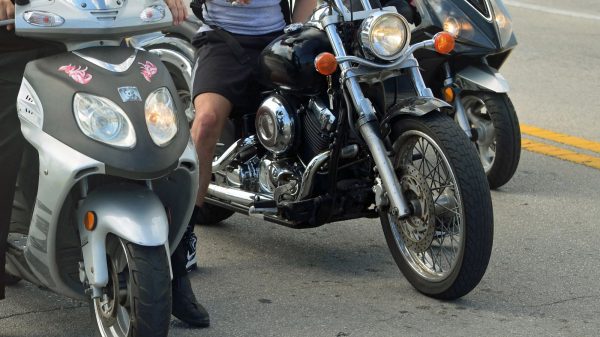
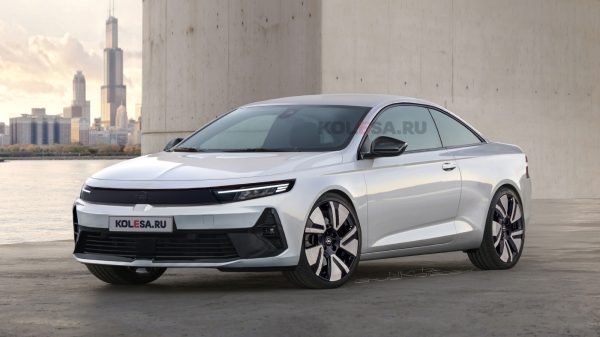



















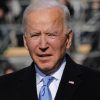




Свежие комментарии